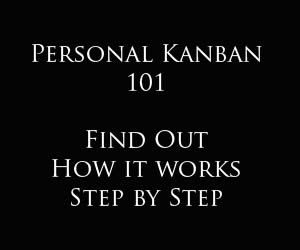 Tony Askey of Post-it Projects asked "[Are] Santa's elves using Kanban in the toy shop!!??
I can see it happening. But doesn't it sound a little disturbing hearing about Santa controlling his WIP? What are the elf labor laws like at the North Pole?
Tony Askey of Post-it Projects asked "[Are] Santa's elves using Kanban in the toy shop!!??
I can see it happening. But doesn't it sound a little disturbing hearing about Santa controlling his WIP? What are the elf labor laws like at the North Pole?
Brian Bozzuto at Big Visible asks, does Santa draft his "naughty and nice" list up front and implement change control or is he Agile?
I hummed a few bars and thought "Making a List, Checking It Twice..." My answer: Santa isn't necessarily using any kind of Agile process for this. I do think it's a draft. He created the (draft) list, it's tested. Since the song says he does it twice, perhaps he is doing both a unit test & acceptance test. Once the list is baselined, I bet he does use change control.
Brian's response was then: If he's checking his list twice, why doesn't he automate?
Oh man, I think Brian has just stumbled onto something. If Santa isn't using automated tests, I bet he's delivering a lot more presents to kids who should be getting coal. I think the automated test scripts should be ran daily, right up to deployment. Even if Santa is not doing automated testing, he should be leveraging some kind of automated deployment. Seriously, you think Santa should delpoy all of those toys around the world in one night without some kind of automation?
Though you don't think "Lean" when you think Santa, the guy has be to be leveraging some kind of Agile processes.


 , we're going to write a little self-contained story on an index card, post-it note, or something similar. When we're done, we're going to add the story card to our kanban board. Our user stories are written from the perspective of the user. In the case of the
, we're going to write a little self-contained story on an index card, post-it note, or something similar. When we're done, we're going to add the story card to our kanban board. Our user stories are written from the perspective of the user. In the case of the 




